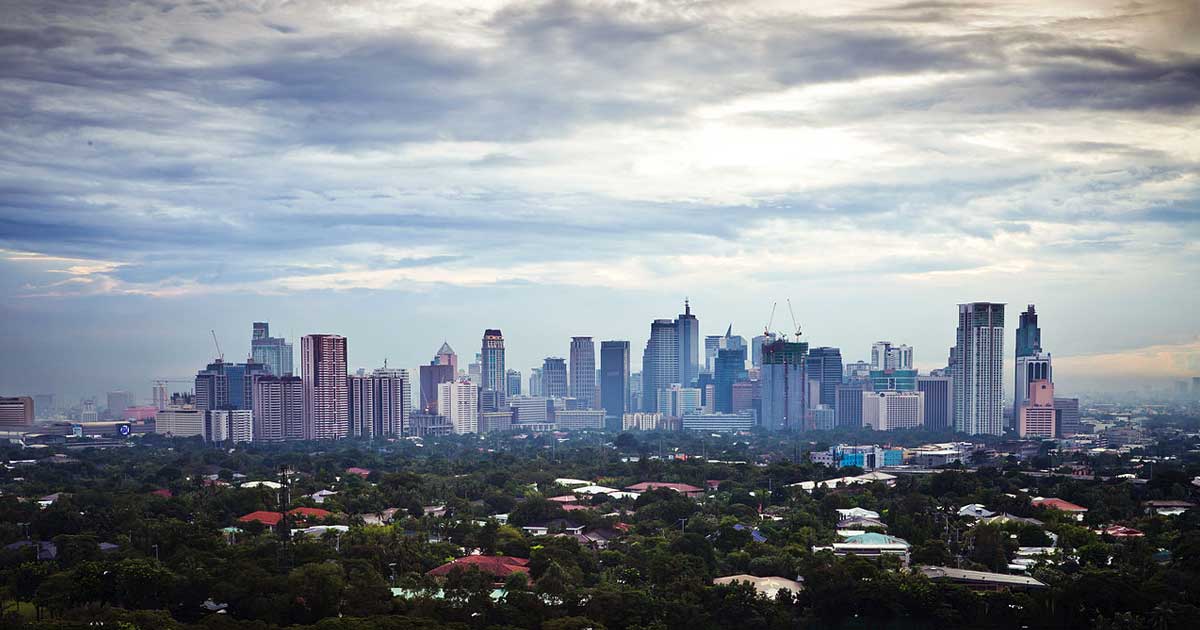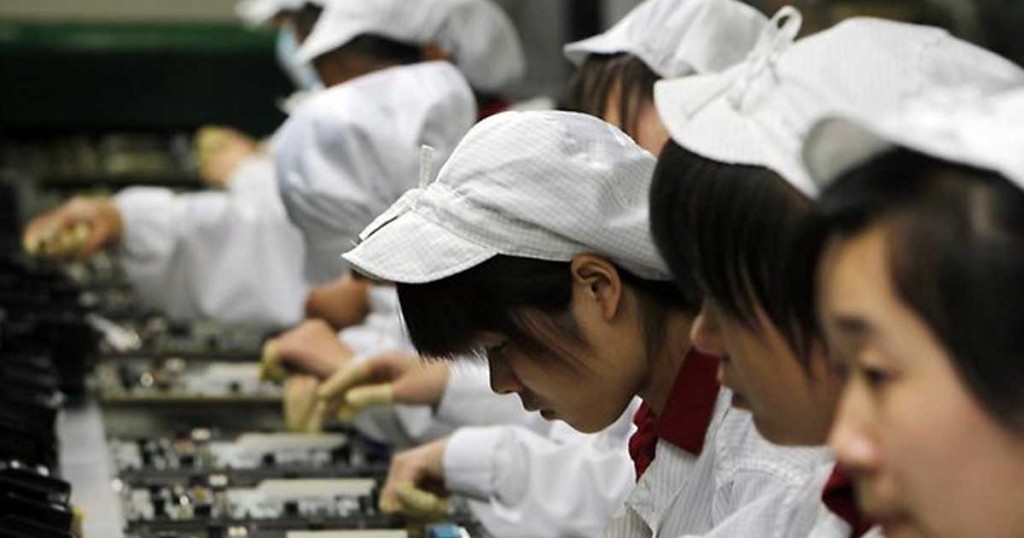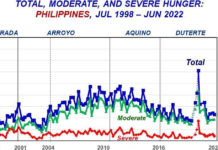
“The Philippine economy is a ‘bright spot’ in the region,” Department of Trade and Industry Undersecretary for Industry Development Adrian Cristobal Jr. said during the Philippine-Japan Business Investment Forum held in Tokyo last week. Cristobal urged Japanese businessmen to “seize opportunities in the Philippines to create wealth, generate jobs, and improve the lives of our peoples.”
See also: Japanese to relocate 200 companies from China to the Philippines starting next year and Japan to assist PH with infrastructural development
“Now is the right time for our Japanese friends and partners to come and do business in the country, and for those all ready operating there, expand your business,” said Cristobal. He informed Japanese organizations about the advantages the Philippines appreciates from exchange inclinations from the world’s biggest importing nations under the Generalized System of Preferences (GSP).
The Philippines turned into a recipient to the European Union’s GSP-in addition to before the end of last year, which allowed the Philippines obligation free access to 66% of EU’s duty lines. Besides, in June 2015, the United States reauthorized its GSP gift to the Philippines, which lapsed in mid-2013, giving the Philippines obligation free access to 3,500 US duty lines.
Some Japanese firms have already taken advantage of these preferences. Shimano, a large Japanese bicycle manufacturer, invested ¥3.5 billion to access the EU market through the Philippines. “By setting up manufacturing facilities in the Philippines, Japanese companies may avail of the duty-free market access to the EU and the US, including products which are key export interests of Japan,” Cristobal added.
“We are in fact the only country in ASEAN to enjoy this preferential treatment,” Cristobal said. “In addition to these product categories, exporters in footwear and textile, preserved fruits, pineapple juice, jams and jelly who are targeting the European market may find a wealth of opportunity in the Philippines’ GSP+ status,” he added.
The Philippine government also aims to enhance the competitiveness of its automotive industry not only to keep pace with its growing market but also to seize a bigger share of the regional automotive manufacturing industry in the near future.
While in Japan, Cristobal additionally met with the auto and auto parts producers to brief them on the nation’s Manufacturing Resurgence Program (MRP) and the Comprehensive Automotive Resurgence Strategy (CARS) Program. The CARS Program plans to build the business’ level of generation (presently at 80,000-90,000 units for each year) to an aggressive scale at 200,000 every year. The CARS Program spreads engine vehicle creation, car parts assembling, and shared administration and testing offices.
As per the DTI, Japan’s Ministry of Economy, Trade, and Industry (METI) will be driving a Japanese designation of organizations to investigate prospects in the wellbeing business including medicinal devise assembling, preparing, IT administrations outsourcing, exploration and consultancy.
Source: DTI, Philippine Government, Photo credit: wikimedia.org














keep up the good work Sir Cristobal….
Toyota, Nissan, Honda, Subaru, Mazda, Mitsubishi, Suzuki, Yamaha, Kawasaki,…..automobiles, auto parts, motor bikes,….made in PH and exported to the world market.
PH’s economy will grow and double-up many times. What a nice future of PH. Japanese people will help and support PH people.
The next step, let’s build submarines and MBTs and amphibious assault vehicles in PH.
And may I add, let’s start making nuclear and hydrogen bombs to neutralize China! Once the Philippines start churning out its own nuclear and hydrogen bombs, it will create fear in the hearts and minds of the Chinese government!
These are all wishfull thinking…press releases. Some Japanese companies are going to Vietnam, in Indonesia Thailand, Malaysia. Indonesia even are building high speed train that is government to government transaction. Why can Philippines do that. Yes Japan are helping out in the study and planning but why can’t Philippines implement what JICA is proposing. How many studies do Jica did and suggest long time ago to do something about traffic in Metromanila…nothing. Look on exPres Arroyo did about the high speed train service to Clark, suppose to be. She had the Chinese company. Bulok talaga. ang Pinas.
The first thing the next administration should do is to review the EPIRA Law as it ties up this govt hand.Govt is not allow to construct/ operate power plants,only the private sector. Currently the Philippines has one of the most expensive electricity rates or probably the most expensive in Asia ,higher than Japan at more than 10 pesos per kwhr.I just read in Construction Week magazine that a consortium is planning to build a Clean Coal Power Plant with 2 Nos x 600 MW for Dubai Electricitity and Water Authority (DEWA) and sell to DEWA at US Cents 4.07 per kwhr equivalent
to around 2.0 pesos per kwhr ,if we allow for transmission cost + losses+ VAT+ other taxes and Meralco Distribution Charge say multiply by 2.5 Final price to consumer in the Philippines will be only 5.0 pesos per kwhr compared to current price of more than 10 pesos per kwhr.This mean that the Independent Power Plant owners are overcharging by almost twice the consumer.I just cannot believe nobody from the bright Epira proponents Sen. Juan Ponce Enrile about the impact of Epira to the country as whole consumers and our being NOT competitive as investment place.Energy cost is one aspect why foreign investors are hesitant to invest in our country because of the cost of electricity.Before the Epira Law our electricity rates was below 5.0 pesos per kwhr.How come we are paying more than twice now when most of power plants are not using bunker oil as feedstock ,main fuel are coal and LNG, Other power plants are hydro powered, geothermal,some wind turbines.So how the cost of electicity are so expensive.We should review how these IPP’s are putting up their cost..They must be calculating their ROI by shortened the time that they should get their investment back